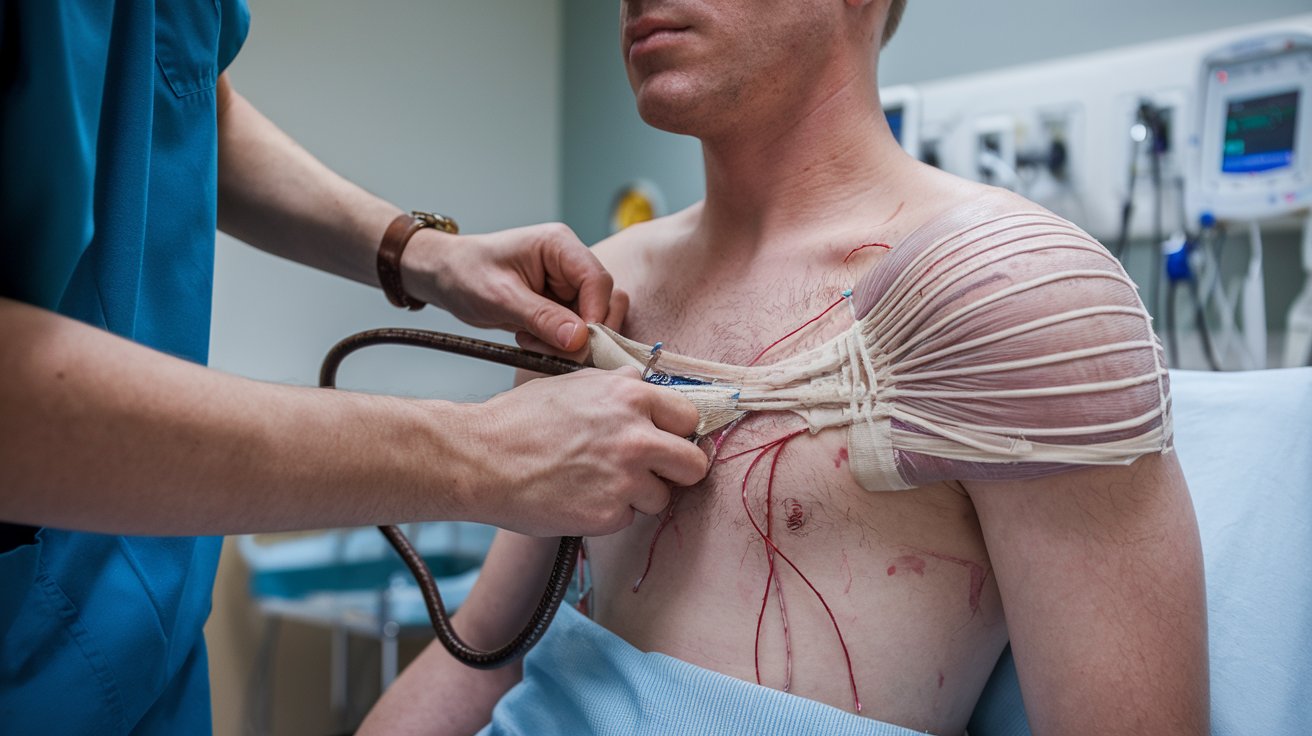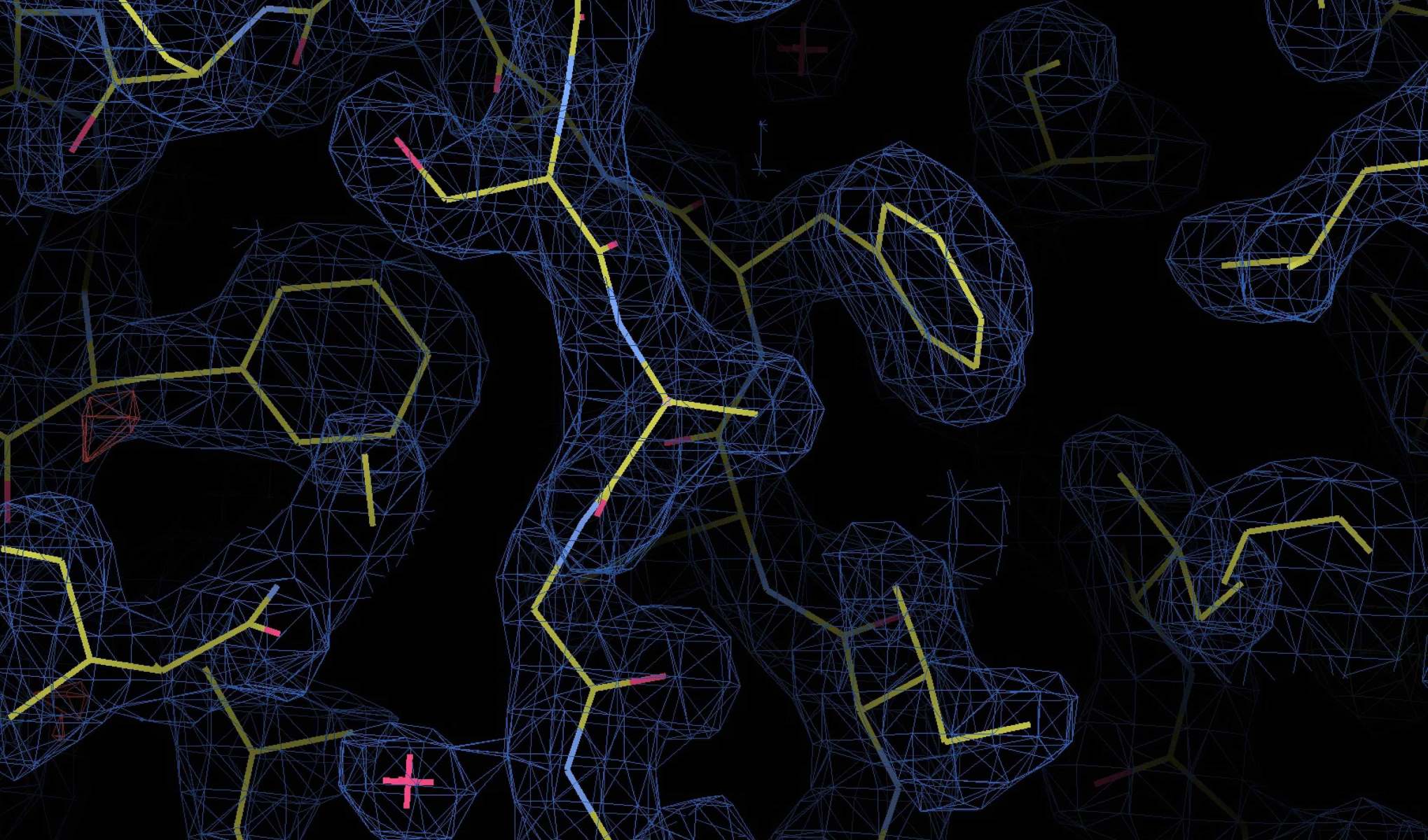
What is Hamman-Rich Syndrome? Hamman-Rich Syndrome, also known as acute interstitial pneumonia (AIP), is a rare and severe lung disease. It strikes suddenly, causing rapid respiratory failure and severe breathing difficulties. Unlike other lung conditions, AIP has no known cause, making it a mysterious and challenging illness to diagnose and treat. Patients often experience flu-like symptoms before the onset of severe respiratory issues. This condition affects both men and women equally, typically around the age of 54-55. Despite its rarity, understanding Hamman-Rich Syndrome is crucial due to its high mortality rate and the need for prompt medical intervention.
What is Hamman-Rich Syndrome?
Hamman-Rich Syndrome, also known as acute interstitial pneumonia (AIP), is a rare and severe lung disease. It was first described by Hamman and Rich in 1935. Let's dive into some key facts about this condition.
-
Definition and Synonyms: Hamman-Rich Syndrome is another name for acute interstitial pneumonia (AIP). It's a rare and aggressive form of idiopathic interstitial lung disease.
-
Clinical Characteristics: The condition is marked by a sudden onset of shortness of breath and rapid development of respiratory failure. Patients often experience flu-like symptoms for one to two weeks before severe symptoms appear.
Who Does It Affect?
Understanding who is most at risk can help in early identification and management of the syndrome.
-
Demographics: Most patients are adults, but AIP can affect anyone from children as young as 7 to elderly individuals over 80. The average age at diagnosis is around 54-55 years.
-
Gender Preference: There is no gender preference; it affects men and women equally.
Symptoms and Diagnosis
Recognizing the symptoms and understanding the diagnostic process is crucial for timely treatment.
-
Symptoms: Common symptoms include cough, fever, and difficulty breathing. These symptoms can quickly escalate to respiratory failure.
-
Radiographic Findings: Radiographs typically show bilateral lung infiltrates. High-resolution computed tomography (HRCT) is often used to confirm the diagnosis and rule out other conditions.
-
Histopathological Features: The condition is histologically characterized by diffuse alveolar damage (DAD) with subsequent fibrosis. Lung histopathology is crucial for confirming the diagnosis.
-
Differential Diagnosis: The differential diagnosis of AIP includes all known causes of acute lung injury, such as ARDS, acute hypersensitivity pneumonitis, and drug toxicity.
Treatment and Prognosis
Knowing the treatment options and prognosis can help manage expectations and plan for care.
-
Supportive Care: The main treatment is supportive care, including high-flow oxygen therapy and mechanical ventilation, often managed in an ICU setting.
-
Corticosteroid Therapy: The effectiveness of corticosteroids in AIP is not well established. Some studies suggest they may not significantly improve outcomes.
-
Prognosis: AIP has a high mortality rate, often exceeding 60%. The rapid progression and severity of respiratory failure contribute to its poor prognosis.
Epidemiology and Risk Factors
Understanding the epidemiology and risk factors can help in identifying potential cases and preventing complications.
-
Epidemiology: AIP occurs most frequently among people older than 40. The exact incidence is not well documented, but it is considered rare.
-
Occupational Exposure: Some cases have been linked to occupational exposure to silica, as seen in a 76-year-old woman who worked as an electrician.
Diagnostic Tools and Findings
Various diagnostic tools and findings can aid in the accurate diagnosis of Hamman-Rich Syndrome.
-
Autoimmune Serology: Tests like antinuclear antibodies (ANA) and antineutrophil cytoplasmic antibodies (ANCA) may be used to rule out underlying autoimmune conditions.
-
Echocardiogram Findings: Echocardiograms may reveal pulmonary hypertension, a common complication in severe lung diseases like AIP.
-
Bronchoalveolar Lavage: Bronchoalveolar lavage (BAL) cellular analysis can provide additional diagnostic information by showing inflammatory cells in the lung tissue.
-
Computed Tomography Pulmonary Angiography (CTPA): CTPA may be performed to rule out pulmonary embolism and visualize lung involvement. Findings can show multifocal diffuse areas of consolidation bilaterally.
Pathology and Challenges
Understanding the pathology and challenges in diagnosis and treatment can help in managing the condition more effectively.
-
Pathology of AIP: The lungs in AIP appear similar to those in ARDS, with firm, heavy lungs having a homogeneous dark red appearance in the early phase. Later, the lungs become extremely heavy with dense consolidation and fibrosis.
-
Challenges in Diagnosis: The diagnosis of AIP is often delayed due to its non-specific presentation and the need for histopathological confirmation. Radiographic findings alone are not robust enough to exclude other etiologies.
-
Treatment Challenges: The treatment of AIP is primarily supportive. Ongoing research aims to determine the effectiveness of various therapeutic interventions, including corticosteroids and other immunosuppressive agents.
Understanding Hamman-Rich Syndrome
Hamman-Rich syndrome, or acute interstitial pneumonia (AIP), is a rare and severe lung disease. It strikes suddenly, causing rapid respiratory failure and bilateral lung infiltrates. Most patients are adults, but it can affect anyone from children to the elderly. Symptoms like cough, fever, and shortness of breath escalate quickly, often leading to ICU care. Diagnosis is tough, needing histopathological confirmation and ruling out other conditions. Treatment focuses on supportive care, with the effectiveness of corticosteroids still debated. The prognosis remains grim, with a high mortality rate. Despite its rarity, understanding AIP's clinical characteristics, diagnostic challenges, and treatment options is crucial for improving patient outcomes. Further research is essential to develop better therapies and improve survival rates.
Was this page helpful?
Our commitment to delivering trustworthy and engaging content is at the heart of what we do. Each fact on our site is contributed by real users like you, bringing a wealth of diverse insights and information. To ensure the highest standards of accuracy and reliability, our dedicated editors meticulously review each submission. This process guarantees that the facts we share are not only fascinating but also credible. Trust in our commitment to quality and authenticity as you explore and learn with us.


